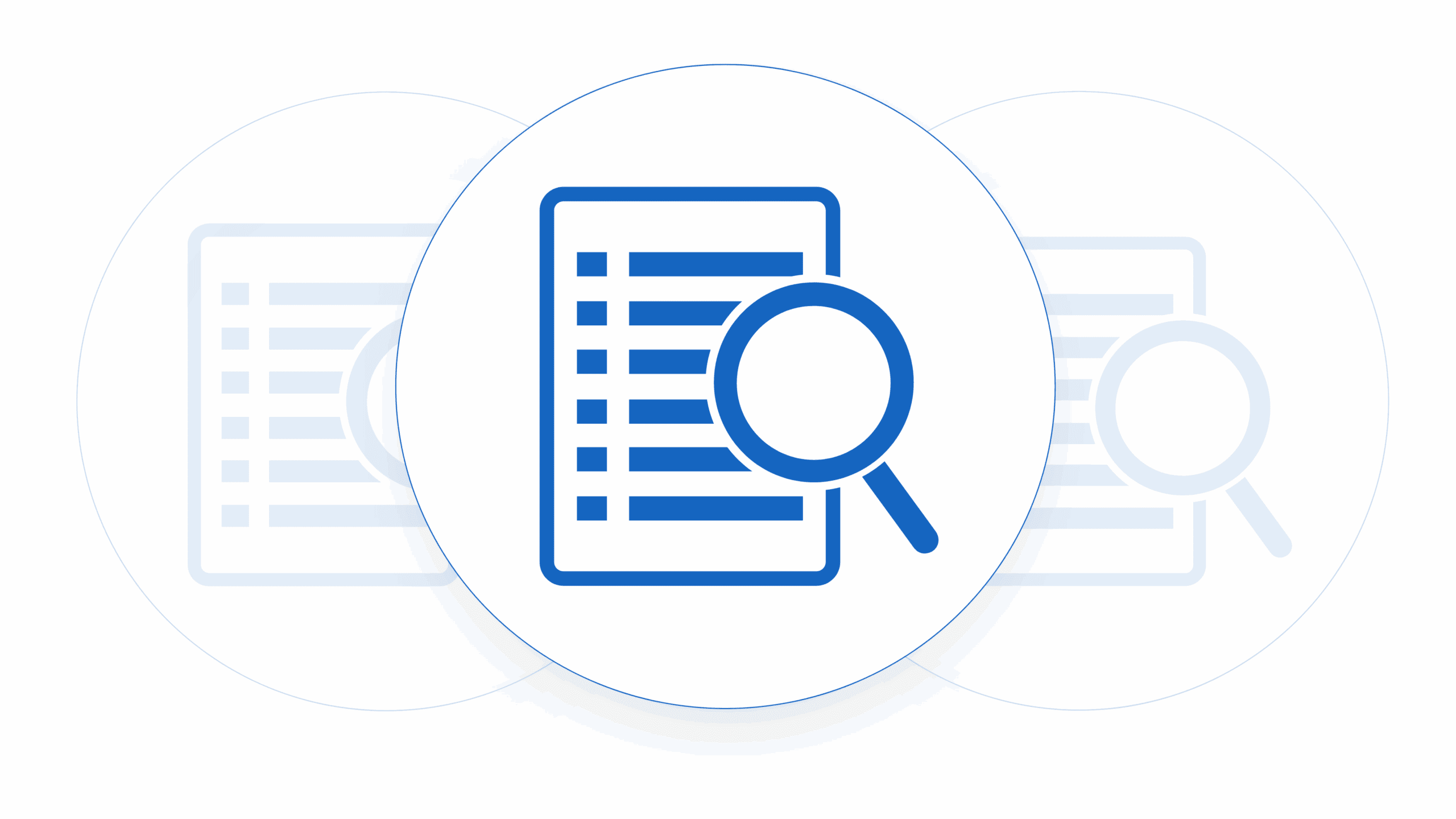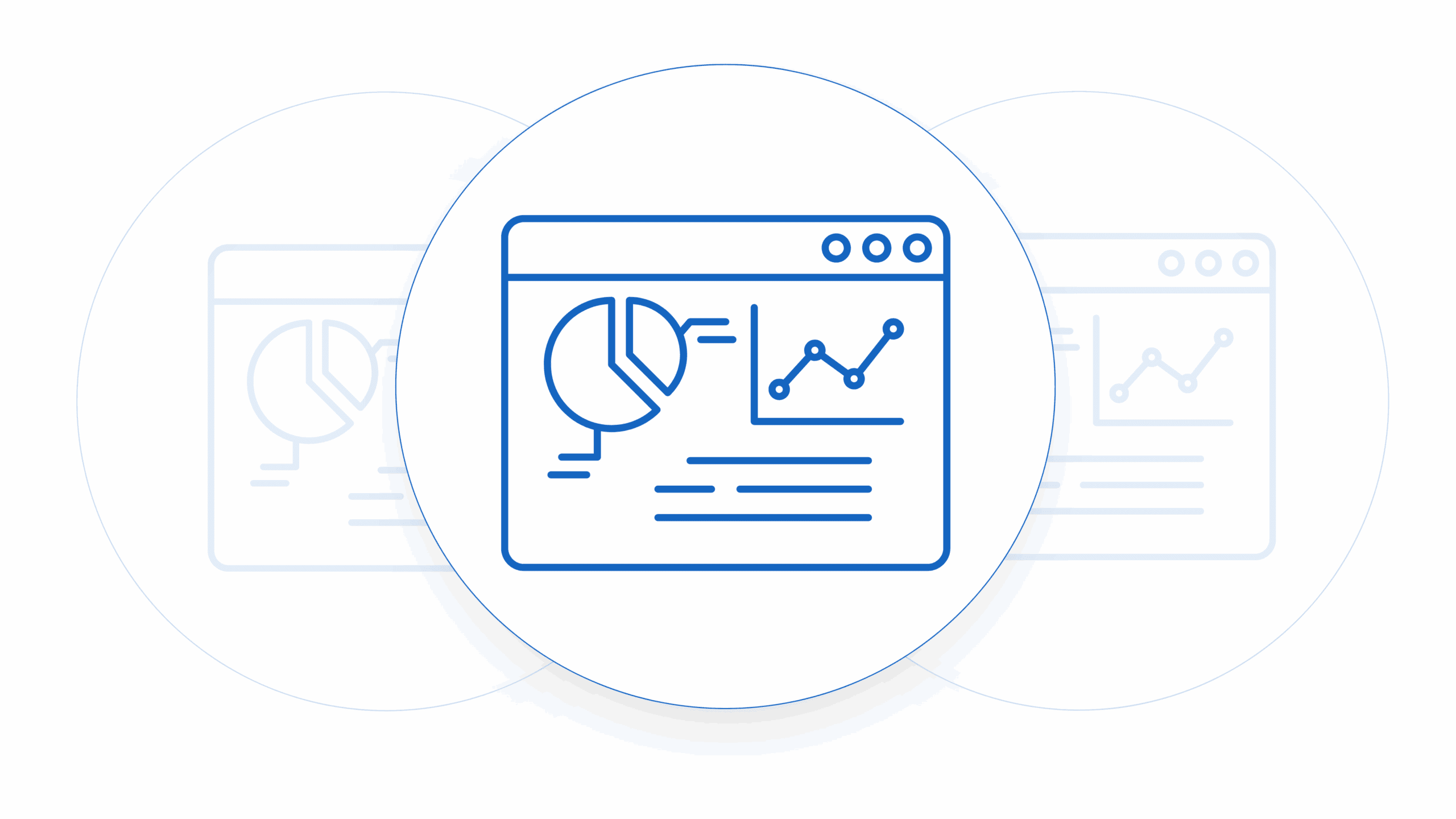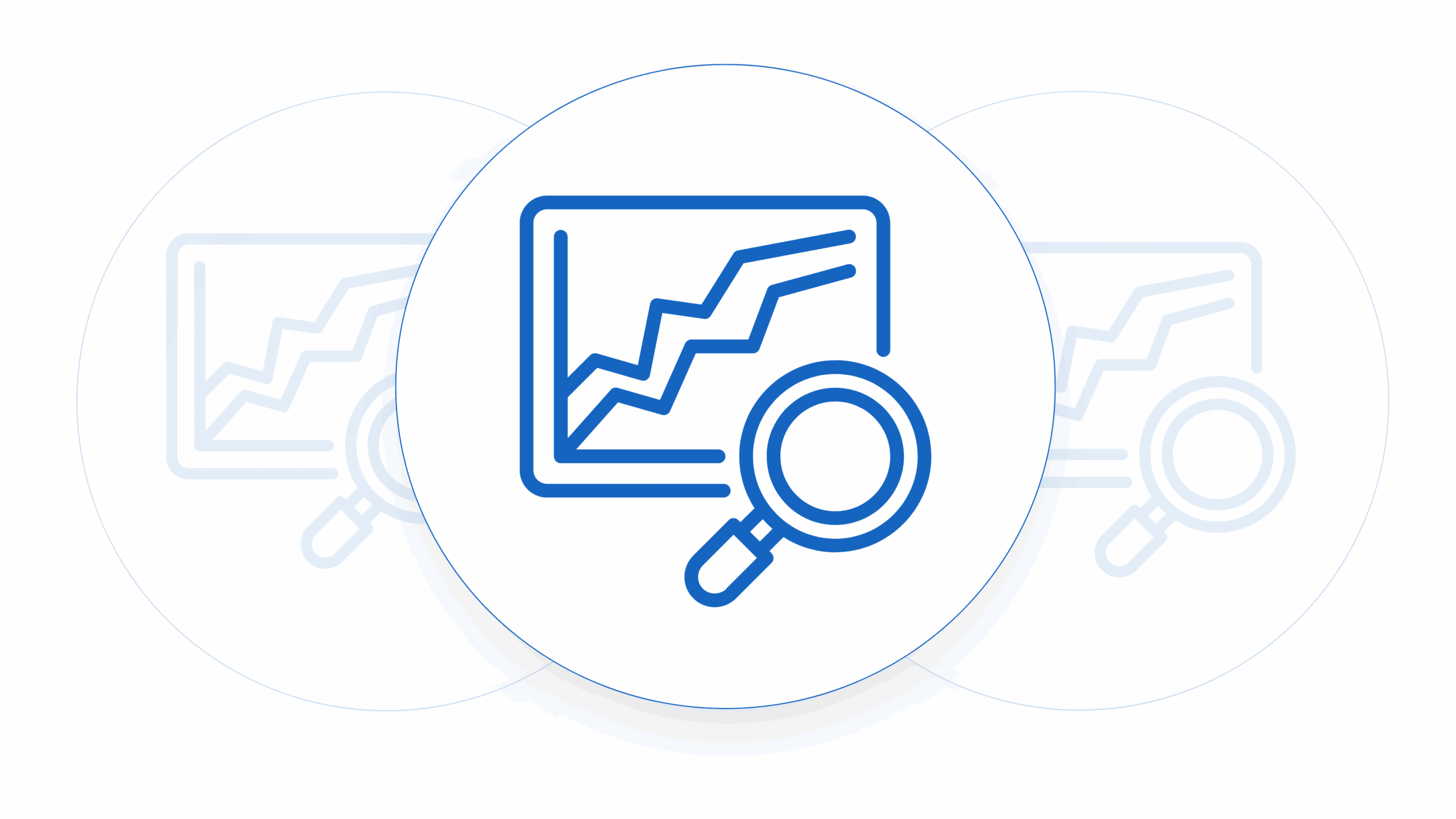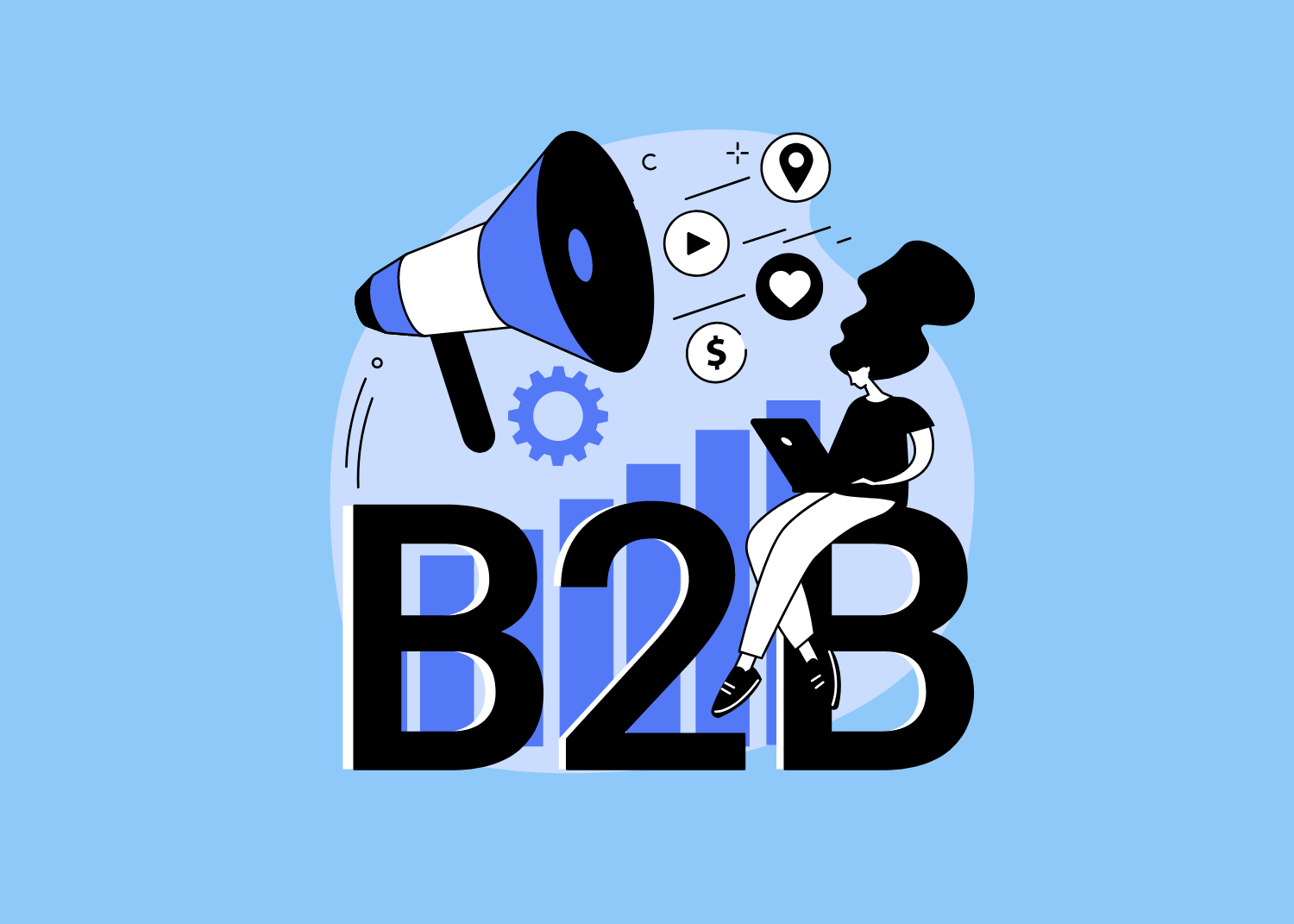When negotiating B2B SaaS contract liability with enterprise customers the most common sticking point for the negotiation is the level of liability that sits with the software provider. More often than not small software providers are in positions of limited power when it comes to negotiating software as a service contracts. They are in positions of limited power because the counter party to the negotiation is larger and, generally, the SaaS company really needs to make a deal happen to keep their growth going. This article will lay out some tips and tricks of how to negotiate though this mismatch in strength to find a middle ground for both parties to be happy.
Why liability matters in SaaS contracts
Liability is one of the core sticking points of contract negotiation because it outlines what happens if things go wrong. What a lot of SaaS startups don’t think of is the level of risk that a large enterprise company is taking on by using a startup as a supplier. From the view point of the an enterprise company and their legal team they have little understanding of the startups security, financial viability or ability to maintain their service levels. In many cases these companies are adopting a piece of technology into their tech stack that may store private information or may become integral to a part of their operations. So a level of liability is how their offset this risk.
The opposite is true for the startup. They are looking to limit the level of liability that they are opening themselves up to. Why? Because SaaS businesses are built off a premise of serving a large number of customers with one product and each and every contract they sign is a separate increment of liability. That means if you agree to $1,000,000 in liability in two separate contracts your gross liability is $2,000,000. As you scale this will start to become a very very large issue. Once you reach your first 100 customers you might be hitting $5,000,000 in ARR but you could have signed yourself up for $100 million in liability. This puts an extraordinary level of risk upon your infrastructure and you won’t be able to insure yourself against this level of liability. So what happens if the worst happens and you have a data leak of all of your customers data? Well, most likely, bankruptcy.
This is where things get interesting. If you were a VC or an investor would you invest in a company that could go bankrupt from one security issue? Not many would. Liability starts to impact your valuation and your ability to raise investment.
How to write liability into your contracts
Liability is just like any key negotiation point in a contract that you know will be contentious, you start with a strong negotiation anchor and understand that things will be negotiated from there. Strong anchors can come in different forms, let’s look at some examples.














